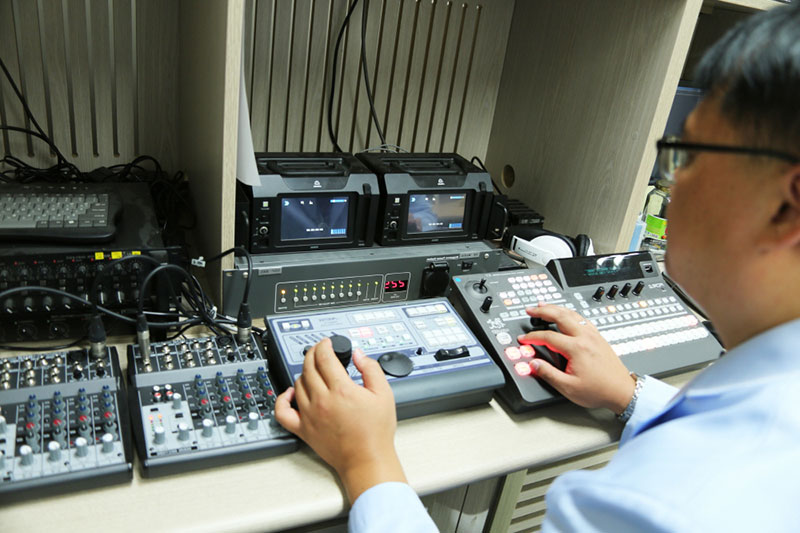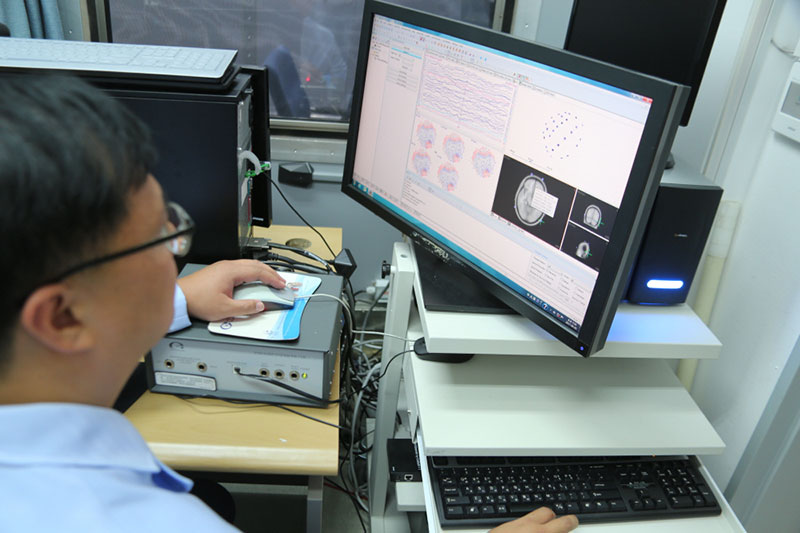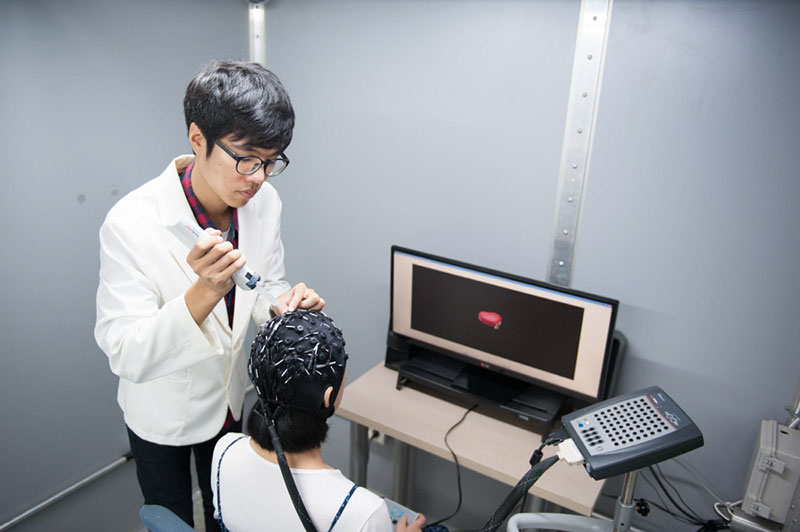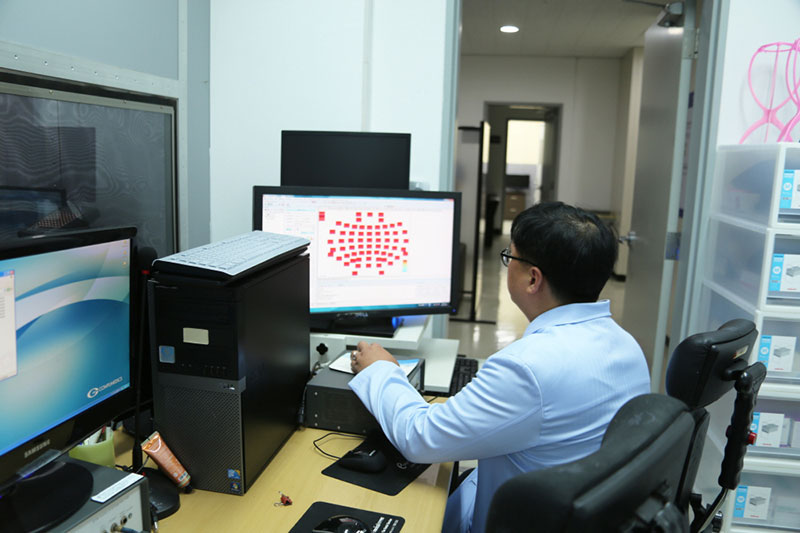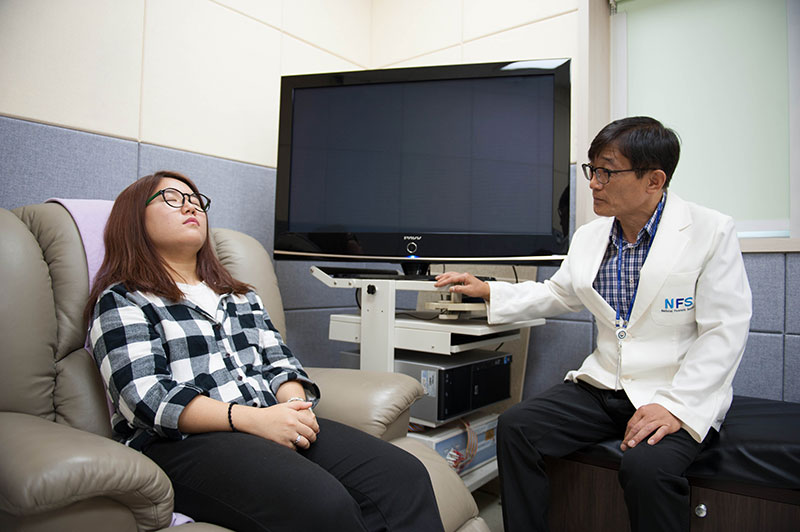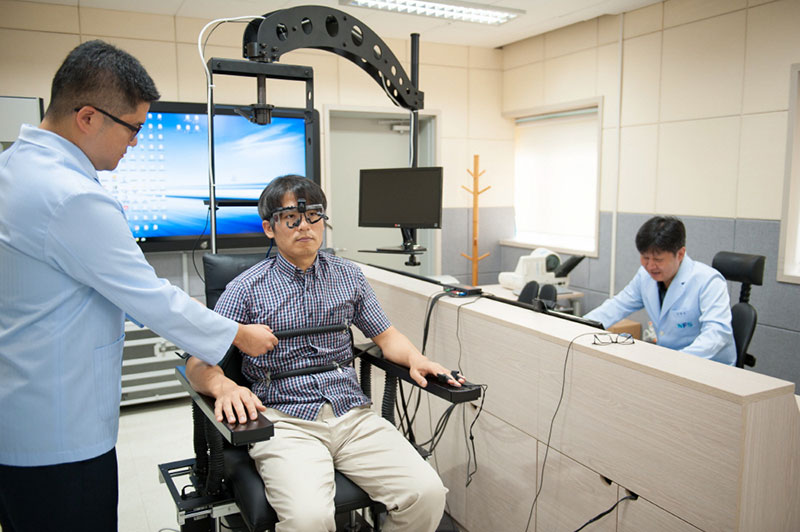Analysis Service
Forensic Psychology Division
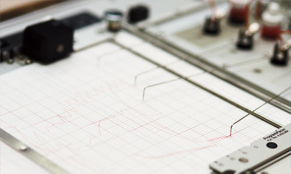
The Psychological Forensic Division provides legal assistance by applying psychological principles for various demands of the judicial system,
such as crime prevention, investigations, trials and correction fields.
The division performs tasks to collect criminal information by helping victims and witnesses recall their memory through analysis of the authenticity of
statements through measurements of physiological responses and analysis of verbal and behavioral responses, personality and cognitive ability assessment,
inference of psychological process leading to suicide, cognitive interviews and hypnosis.
-
 Analysis of the authenticity of statements
Analysis of the authenticity of statements
Psychophysiological examination, EEG and statement analysis to confirm the truth of statements
-
 Psychology Assessment
Psychology Assessment
Comprehensive assessment for personality, intelligence, cognitive and emotional states that help legal judgment
-
 Forensic Hypnosis·Forensic Cognitive Tests & Montage Creation
Forensic Hypnosis·Forensic Cognitive Tests & Montage Creation
Forensic hypnosis·forensic cognitive tests and montage creation to help victims and witnesses recall their memory of a crime
-
 Crime Analysis
Crime Analysis
Analysis of crime motives and crime environment, research on crime prevention
-
 Psychological Autopsy
Psychological Autopsy
Inference of the psychological process that led to suicide of a person based on objective data
Introduction of Laboratory
The Psychological Forensic Division consists of two laboratories, including a Psychology Research Lab to evaluate the psychology of examinees such as through psychophysiology tests to verify the truth of statements of examinees, analysis of the validity of statements, personality and cognitive ability, etc. and Crime Analysis Lab to perform research on forensic hypnosis test to help victims and witnesses recall their memory as well as the causes and methods of crimes.
The Psychology Research Lab conducts psychophysiological detection of deception to judge the authenticity of statements, psychological assessment to evaluate psychological characteristics, and research related to each field.
Psychophysiological Detection of Deception
- Psychophysiological Detection of Deception is a psychological analysis technique using a psychophysiological response measuring device to detect and analyze psychological changes caused by remorse, fear of detection and fear of punishment, or various physiological responses caused by the memory formed when possessing information related to a crime and to infer the authenticity of the statements.
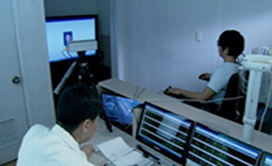 Scene of psychophysiological
Scene of psychophysiological
detection of deception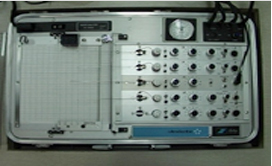 Equipment of psychophysiological
Equipment of psychophysiological
detection of deception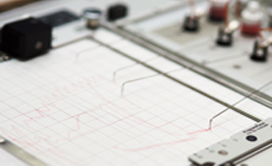 Equipment of psychophysiological
Equipment of psychophysiological
detection of deception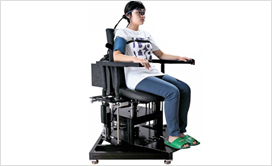 Chair for psychophysiological
Chair for psychophysiological
detection of deception
- An examinee insists that he or she does not know about a knife used in a crime, but a physiological response is shown during questioning about the knife used in the actual crime.
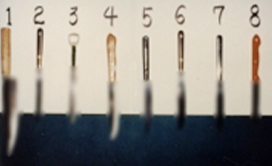 Questionnaire
Questionnaire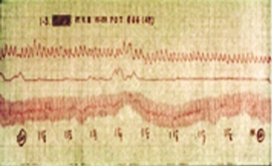 Graph
Graph
Psychological Autopsy
- Psychological Autopsy refers to an analysis to infer the cause of suicide by examining whether the subject committed suicide and the process leading to suicide based on various data related to the subject of analysis.
Polygraph Examination
- Polygraph examination is a test to confirm the authenticity of statements by analyzing physiological responses including breathing, skin resistance to current, cardiovascular activities (blood pressure, pulse, etc.) among the physiological responses caused by a psychological status change that occurs when people consciously lie.
Statement Analysis (Statement Validity Analysis)
- Statement analysis is a diagnostic process to verify the hypothesis that has been set in order to analyze the potential causes of inaccurate statements through interviews, various diagnostic methods and techniques.
ERP testing (Event Related Potential)
- ERP testing is a technique to confirm if a suspect knows about a set of information related to a crime (if information exists related to the crime in the brain of a suspect) in a situation where the suspect denies the incident by analyzing the waveform of EEG that appears when the crime-related information is presented as a stimulation. The figure below shows the positions where electrodes are attached to the scalp.
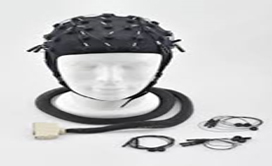 Placement of Electrodes (plane)
Placement of Electrodes (plane)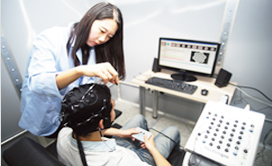 ERP Equipment
ERP Equipment
Psychology Assessment
- The assessment of psychological status of a criminal and a victim is very important in the process of investigation and trial in the aspects of credibility of the statement and sentencing. Psychology assessment refers to the evaluation of a subject’s psychological characteristics by measuring and examining the personality, intelligence, cognitive and emotional state, and neuropsychological functions of the subject using various psychological tests.
The Crime Analysis Lab conducts forensic hypnosis·forensic cognitive tests and crime analysis. For forensic hypnosis·forensic cognitive tests, hypnosis and cognitive neurological techniques are applied to enhance the recall of memory when there is no physical evidence left at a crime site and the investigation needs to rely on the statement of a victim or witness, when the victim or witness finds it difficult to recall the memory related to the incident due to the psychological impact or the passage of time. The incident is reconstructed by inducing emotional stability of the victim or the witness and psychological regression into the time of the incident, and the memories for the visual and auditory clues are retrieved to be used as clues for investigation including situational and psychological clues at the time of the incident, appearance and voice of the suspect, the weapon used in the crime, the model and color of the car, etc.
 Forensic Hypnosis Test Room
Forensic Hypnosis Test Room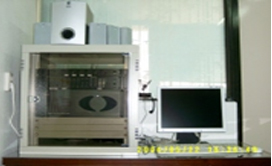 Interactive Digital Recording Equipment
Interactive Digital Recording Equipment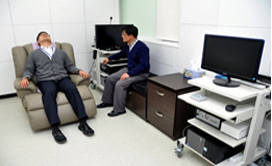 Scene of Forensic Hypnosis Test
Scene of Forensic Hypnosis Test
Lab Photo
Laboratory Equipment
Psychophysiology
examination system &
NFS chairs for
lie detectingStatement-Behavior
analysis systemEEG analysis system
Composite production
softwareForensic Hypnosis –
EEG Monitoring System
Laboratory Equipment
닫기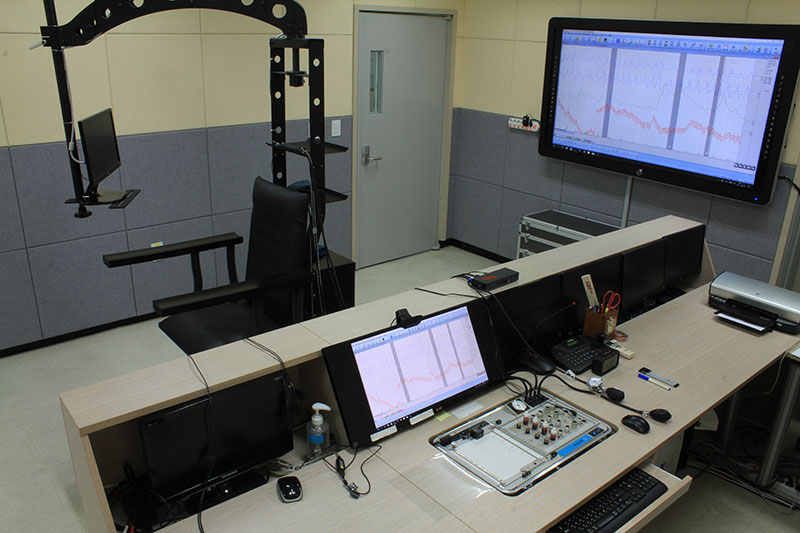
Psychophysiology examination system is used to judge the authenticity of a statement by measuring the physiological response caused by the psychological change of an examinee. The Forensic Psychology Division developed NFS chairs for lie detecting, for which each part can be adjusted according to the body shape of an examinee to minimize the physical discomfort that may affect the examinee's psychological state (patent registration in 2011) and uses them for examination.
Laboratory Equipment
닫기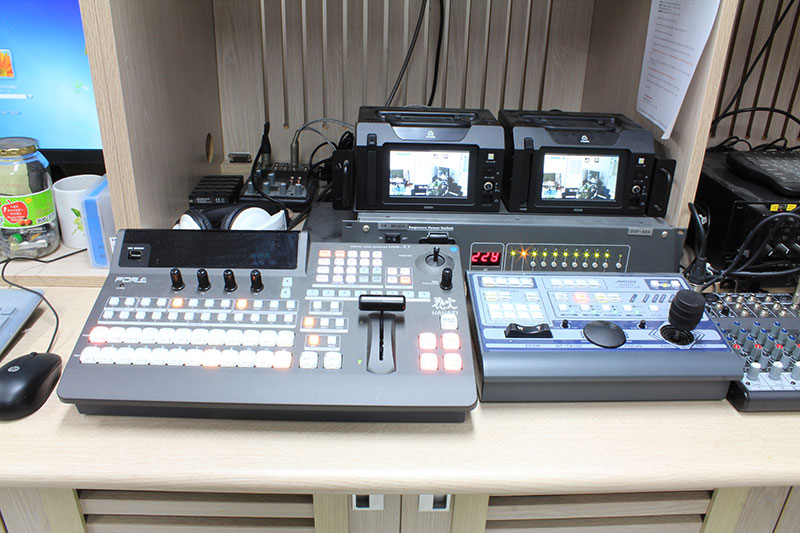
Statement-behavior analysis is a technique to judge whether a statement is true or false by using information of nonverbal behaviors, facial expressions, language and phonetic features, and emotional expressions of an examinee appearing during an interview. It can supplement the psychophysiology test result and improve the validity and reliability of authenticity examination of the statement.
Laboratory Equipment
닫기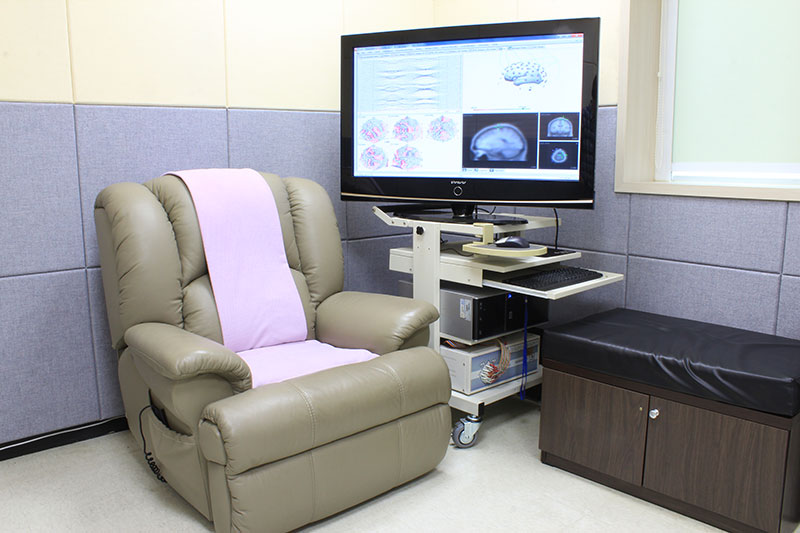
Used for examination of an examinee's perception of crime-related information by analyzing the EEG that appears when presenting various stimuli related to the crime to the examinee.
Laboratory Equipment
닫기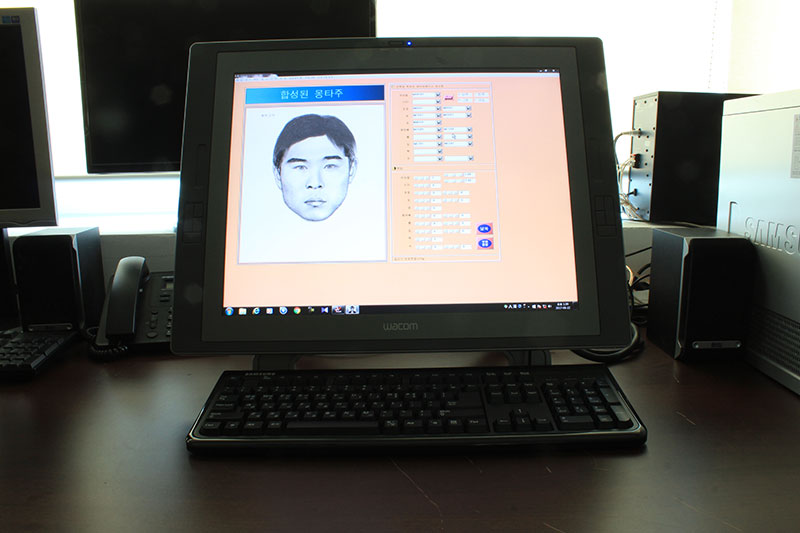
Montage is created by a witness selecting facial areas (e.g., eyes, nose, mouth, hairstyle, face type, etc.) similar to a criminal from a database saved in a computer.
Laboratory Equipment
닫기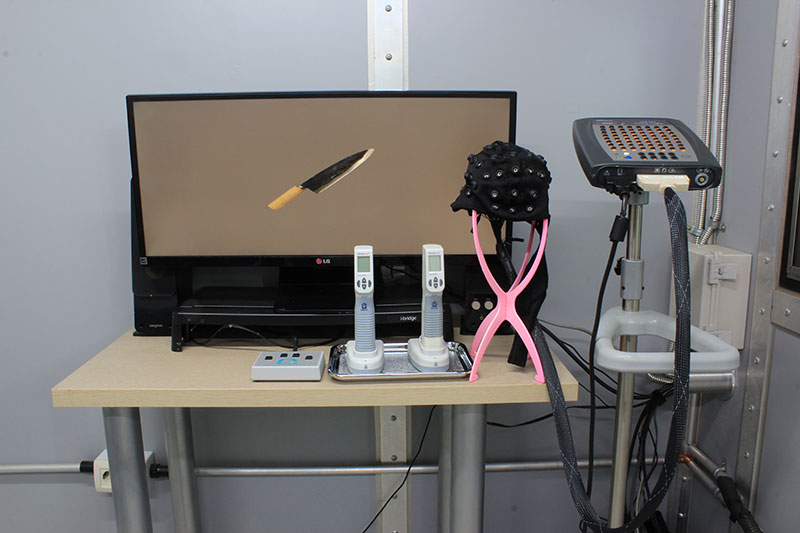
This equipment is used to monitor the EEG and event-related potentials of subjects during the forensic hypnosis process to help victims and witnesses memorize the event and analyze the data. It performs real-time digitalized monitoring for the relaxation and immersion of victims and witnesses during the forensic hypnosis process and emotional changes in the process of stating what they witnessed. At the same time, it makes a judgment on the accuracy of the event-related memories of the victims and witnesses in an objective and scientific way
Major Analysis Cases
-
1
 2015.06
2015.06
Mother & Two Sons caseA mother, Lee, uploaded a video that included interviews with her voice, "I am a dirty woman, but I am a mother." Lee argued that she met around 1,000 men during her 20 years of marriage, and her sons were also raped by more than 300 men. For the persons pointed out by the victims as perpetrators, psychophysiological tests were performed, and based on the results of the analysis, Lee and the shaman associated with Lee were arrested for making false accusations and instigation of false accusation, respectively. Yonhap News "The mother and two sons case was a lie.” The mother and the shaman associated with the mother were subsequently arrested (2015.11.12.)
-
2
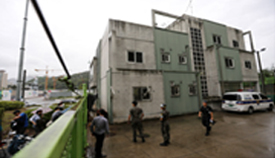 2015.08
2015.08
Gupabal Firearm AccidentOn August 25, 2015, at around 4:50 pm, Park (54), an inspector, shot Park, a corporal constable, with a 38-caliber revolver that he was carrying because the corporal constable ate snacks with sharing it with the inspector at the 1st Dormitory Room of the Military Joint Checkpoint in Gupabal, Eunpyeong-gu, Seoul. Park was shot in the left chest and died. The psychological forensic division analyzed if the inspector, Park, shot intentionally, and the result showed that there was no intention, which was consistent with the supreme court’s judgement. The court declared him innocent for the murder. Hangyorae Newspaper “The policeman of the Gupabal shooting accident was asked for 6 year-sentence…homicide has not been accepted (2016. 1.27)
-
3
 2014.06
2014.06
Hoengseong Murder CaseIn the morning of June 10, 2014, a woman in her forties was found dead in a bag in a riverside area near Gonggeun-myeon, Hoengseong-gun, Gangwon-do. The suspect and the suspect’s brother were investigated with regard to the murder. Based on the analysis result, the suspect was pressured and admitted to the crime. Newsis "The brothers who killed and abandoned the female employee of Hoengseong Café are under arrest” (2014. 7.20.), SBS Morning Wide (2017. 3. 6.)
-
4
 2015.01
2015.01
Sexual Assault CaseOn January 2, 2015 at 23:36 pm, a suspect picked up the victim and the crime reporter, who were drunk, in his car, after lying he would drive them home. As the victim vomited, he parked the car in front of a convenience store and asked the reporter to go and buy wet tissues. While the reporter was in the store, the driver ran off and committed sexual assault on the victim. As a result of the forensic hypnotic test for the reporter, she recalled the number of the car, door handle, fragrance, auxiliary brake light molding, and the driver 's face. Investigation was carried out based on the results of the test, and the suspect who had consistent characteristics with those found in the test was arrested.
Major Analysis Cases
닫기
불임치료목적으로 복용한 반묘(cantharides)에
의한 사망사건
강원도 원주시 한의원에서 불임치료목적으로 지은 한약, 한약가루약(일명 반묘가루) 및 한약추출액을 혼합하여 마신 직후 환자가 사망하였으며, 감정결과 위 내용물 및 혈액에서 칸타리 딘(cantharidin)이 검출됨. 칸타리딘은 반묘의 주성분으로 치사량이 10mg이고 과량복용시 복통, 이질, 토혈, 혈뇨, 혈압 저하 등에 이어 사망한다고 알려져 있음

